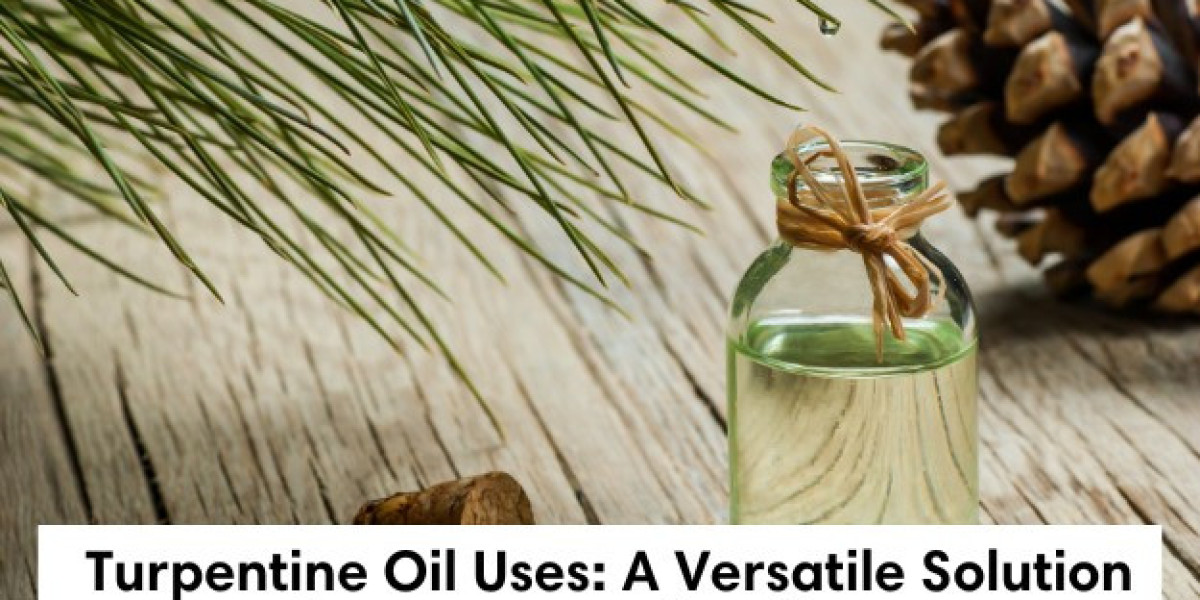Understanding Traditional and Modern Turpentine Oil Uses
Turpentine oil, distilled from the resin of pine trees, has a long history of use that bridges the gap between traditional remedies and industrial applications. Known for its strong, distinctive aroma, turpentine oil has been part of folk medicine, home maintenance routines, and artistic endeavors for centuries. Today, even with the rise of modern alternatives, turpentine oil remains a staple in certain households and industries due to its natural origins and multi-purpose qualities.
Whether you're exploring natural ways to ease discomfort, clean surfaces, or work with paints, learning about turpentine oil uses can help you understand this age-old compound in a modern context.
What Is Turpentine Oil and How Is It Made?
Turpentine oil is extracted from the resin of coniferous trees, particularly species of pine. The process begins by collecting the sticky resin, which is then steam-distilled to separate the oil. What remains is a clear, thin liquid with a potent scent that many associate with pine forests and old-fashioned liniments.
Chemically, turpentine oil contains compounds like alpha-pinene and beta-pinene, which give it its recognizable aroma and natural solvent properties. These components make it effective in dissolving oils, acting as an aromatic agent, and even being used in some traditional external remedies.
Common Turpentine Oil Uses in Everyday Life
Turpentine oil has found its place in various aspects of daily life, especially in more traditional or nature-based households.
As a Chest Rub or Topical Aid
In some cultures, diluted turpentine oil has been applied externally to the chest or joints. Though this should only be done with caution, its warming effect and strong scent were believed to aid with breathing or comfort.
In Traditional Remedies
Historically, turpentine oil has been used in small amounts for digestive or respiratory complaints, though modern health experts strongly caution against internal use without medical supervision.
As a Solvent or Cleaner
One of the most popular turpentine oil uses is as a natural solvent. It's effective at breaking down paint, varnish, or sticky residues, making it a valuable cleaner for artists and DIY enthusiasts.
In Paints or Varnishes
Turpentine is often used as a thinner for oil-based paints and varnishes. Its ability to clean brushes and dilute materials has made it a go-to for painters working with traditional mediums.
Use in Aroma-Based Household Products
Due to its crisp, forest-like scent, turpentine oil occasionally appears in natural air fresheners or household items meant to freshen rooms or repel pests.
How to Use Turpentine Oil Safely
While turpentine oil has diverse applications, using it safely is key to avoiding unwanted side effects.
Dilution Guidelines
Pure turpentine oil is potent. Always dilute it when applying topically or using it for household cleaning. Mixing it with a carrier oil or base cleaner helps reduce irritation or damage.
External vs. Internal Use
Turpentine oil should never be ingested unless under strict professional guidance. Its strong compounds can be toxic if misused. Stick to external applications and well-ventilated areas.
Storage Safety
Keep turpentine oil in tightly sealed, glass containers away from direct sunlight. Its flammability and sensitivity to heat mean it should be stored with care, away from children or pets.
Skin Patch Test Advice
Before using it on your skin, conduct a patch test. Apply a small amount of diluted oil to a discreet area and wait 24 hours to check for irritation or reactions.
What to Know Before You Buy Turpentine Oil
Not all turpentine oil is created equal. Before you buy turpentine oil, it’s important to understand what to look for.
Grades and Purity
Turpentine oil comes in different grades — such as industrial, pharmaceutical, or artist-quality. Ensure the type you select aligns with your intended use. For personal or home use, look for high-purity, labeled products without unnecessary additives.
Labeling and Packaging
Always read the label. Look for clear concentration markings and directions for use. Packaging in dark, glass bottles is generally better, as it helps preserve the oil’s quality and reduces the chance of oxidation.
Storage Conditions
Store turpentine oil in a cool, dark place away from open flames or sources of heat. Improper storage can lead to spoilage or safety hazards.
Potential Side Effects or Safety Concerns
While turpentine oil has its benefits, it’s not without risks.
Skin Sensitivity or Allergic Reactions
Some individuals may experience rashes, burning, or redness when using turpentine oil, especially if applied undiluted. Sensitive skin types should approach use with caution.
Risks of Misuse or Overuse
Inhaling too much vapour or using it in unventilated spaces can cause respiratory discomfort. Overuse on the skin may also lead to irritation.
Professional Guidance
If you're uncertain about using turpentine oil or are considering it for health-related purposes, it’s always best to consult with a qualified professional first.
Natural Alternatives to Turpentine Oil
For those looking for alternatives, several other natural oils and substances serve similar purposes.
Eucalyptus oil – Offers a strong scent and is often used in vapour rubs or cleaners.
Camphor oil – Known for its cooling properties and similar traditional applications.
Tea tree oil – A powerful antimicrobial option used for cleaning and skin care.
Each has its own safety profile and uses, so research and caution are advised.
Conclusion – Informed and Cautious Use of Turpentine Oil
Turpentine oil remains a unique natural substance with a wide range of applications — from household cleaning to traditional external remedies. Its powerful scent and solvent properties make it a useful item for those who appreciate multi-purpose, nature-derived solutions. However, due to its potency, informed and careful use is essential.
Whether you’re looking to clean, refresh, or explore traditional remedies, knowing the right way to handle and apply turpentine oil can help you use it more safely and effectively.








